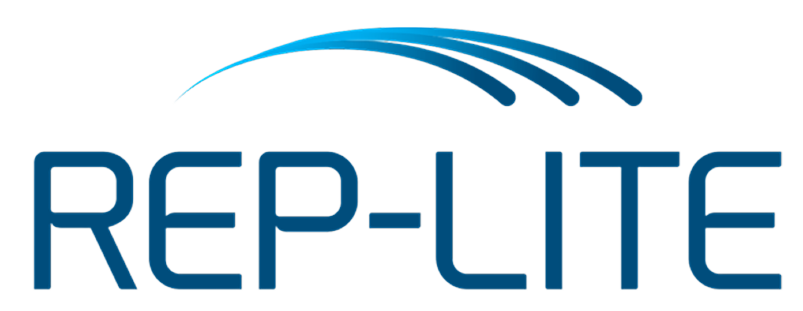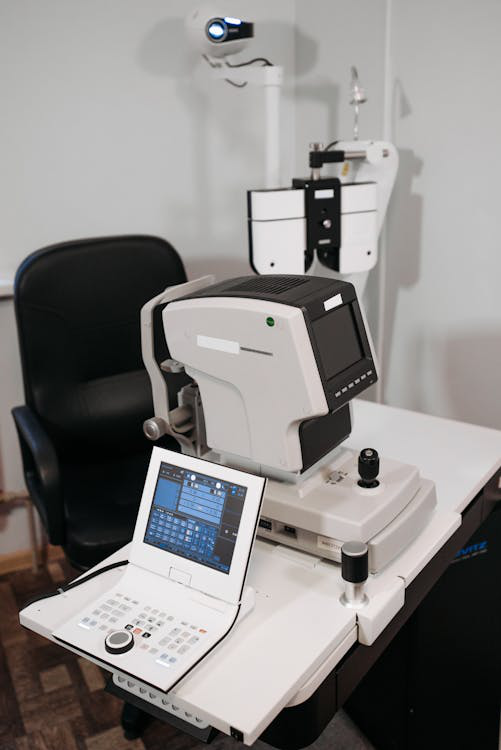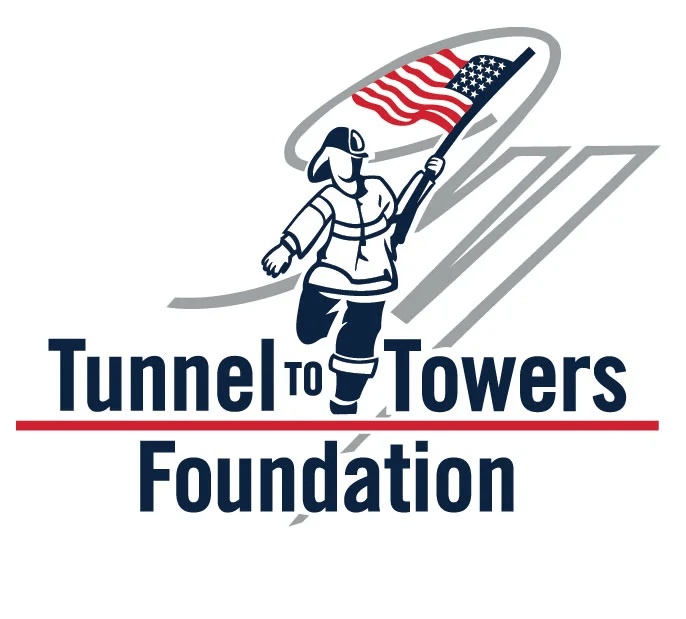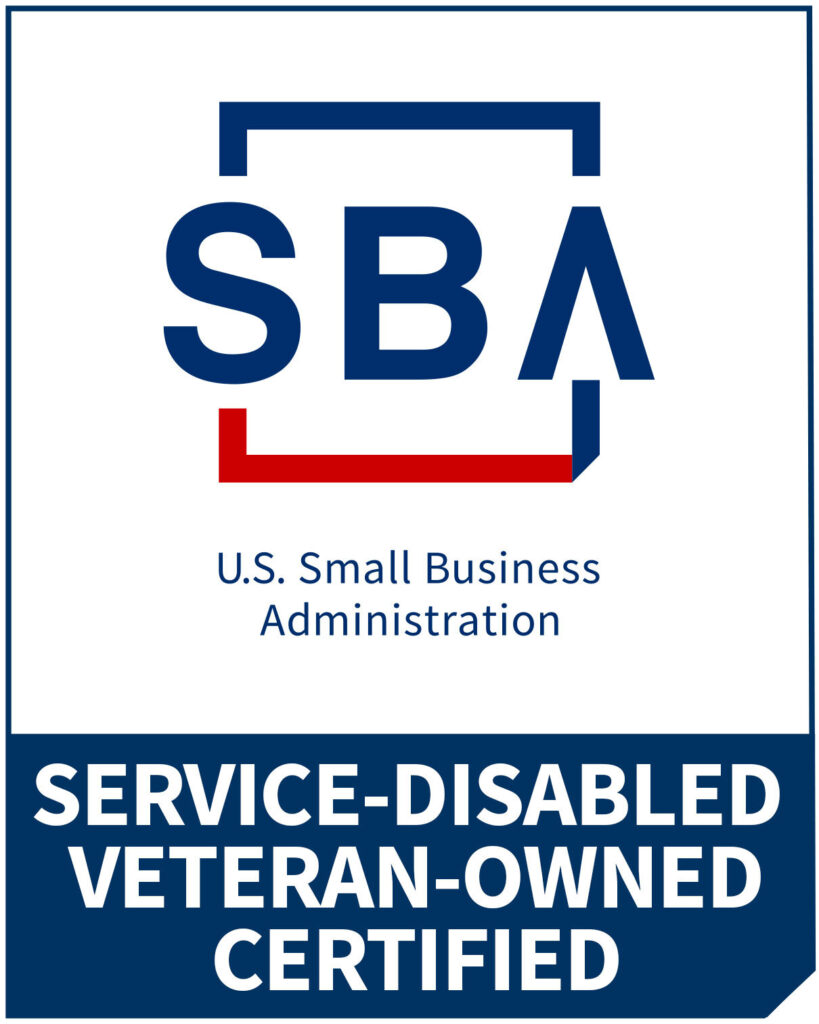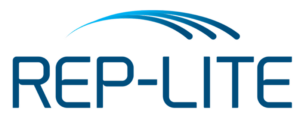
In healthcare, knowing how to grow a sales team can facilitate the success of any healthcare organization. The medical sales industry covers several sub-categories including, medical device sales rep, pharmaceutical sales rep, and medtech sales. Medical sales representatives build trust with medical professionals and offer insights into health care while navigating regulations. Medical device sales reps drive the adaptation of new technologies and medical devices, support research, and bring in bigger profits when they exceed sales targets.
Medical sales reps are committed to patient welfare, which is evident through the provision of insights and empowering patients with treatment information. In this guide, Rep-Lite will explain what it takes to create sustainable growth in your medical sales team. We have everything you will need to elevate the performance of your medical sales rep.
Assessing Current Team Dynamics
Understanding your medical device sales team’s dynamics is the first step toward optimizing their performance and achieving shared goals. Here’s how to grow medical sales team contributions by assessing strengths, weaknesses, and individual contributions.
Team Strengths and Weaknesses
Teams can conduct comprehensive evaluations of their strengths and areas for improvement through various methods such as self-assessment, external assessment, and 360-degree feedback. A successful medical sales rep is a self-aware medical sales rep. Self-assessment entails introspection to identify both strengths and weaknesses, while external assessment involves the guidance of a facilitator who offers objective insights. Additionally, 360-degree feedback solicits anonymous input from multiple perspectives within the team.
These evaluations typically target key focus areas including medical device sales strategies and sales skills, collaboration, communication, decision-making, problem-solving, morale, and motivation. Striving for improvement in these aspects significantly contributes to building a winning bench and enhancing the overall medical sales team performance in the medical industry.
Individual Performance Metrics
When evaluating how to grow medical sales team performance, the performance metrics need to align with individual medical sales representative roles and responsibilities. It’s important to avoid only relying on quantitative measures which may not provide a complete assessment.
Instead, trying to incorporate multiple data points offers a more comprehensive understanding of individual performance. This approach ensures that assessments capture the nuances of each team member’s contributions, leading to more accurate evaluations and informed decisions regarding growth and development opportunities.
- Quantitative: Track objective measures like individual sales figures from reporting sales data, project completion rates, or error rates.
- Qualitative: Assess soft skills like communication, teamwork, problem-solving, and leadership through peer feedback, manager evaluations, or self-reflection surveys.
- Goal-based: Evaluate performance based on predefined individual goals and objectives aligned with team and organizational goals.
Recruitment Strategies
To improve recruitment and retention and elevate your healthcare medical and pharmaceutical sales staffing, take a look at your company culture, values, and benefits. You will find that investing in employee development as well as prioritizing diversity and inclusion for innovation is important for success. The following strategies can establish the organization as an employer of choice, attracting top talent and fostering inclusivity.
Identifying Key Skill Sets
Identifying key skill sets for healthcare professionals starts with conducting job analyses to delineate the requisite technical, soft, and cultural proficiencies. Following this up with future-proofing by anticipating the evolving needs of medical facilities and pharmaceutical companies and emerging trends to identify skills with enduring value.
Then perform a product knowledge and skills gap analysis. This helps to pinpoint areas in need of additional competencies and leverage data-driven insights from talent acquisition efforts to inform successful skills-based hiring strategies.
Leveraging Industry Networks
To harness industry networks effectively, you should get involved in professional organizations. Building a professional network can happen by attending industry events, conferences, and online communities to foster connections with potential candidates. Your organization can also incentivize employee referrals to tap into their qualified networks or leverage alumni networks from relevant educational institutions to source potential talent.
Having access to advisory boards and their connections within the industry is also a plus. Your organization can benefit from forming partnerships with complementary recruiting organizations like ours or educational institutions to gain access to diverse talent pools. This is how companies expand their reach, and access a broad spectrum of qualified candidates who will ultimately increase sales.
Utilizing Recruitment Platforms
Recruitment platforms are your ace in the hole. Try leveraging applicant tracking systems (ATS) to streamline application processes and enhance communication. You can follow this up by posting job openings on both industry-specific and general job boards to widen reach or use social media platforms like LinkedIn for targeted outreach. The specialized medical sales professional communities use niche job boards.
Crafting compelling content and brand identity works best on these platforms to captivate potential expert medical sales candidates. But you can also consider building strong relationships with recruitment platforms run by agencies that specialize in medical sales reps. Take Rep-Lite for instance. We take a couple of steps out of the process for organizations by sourcing, screening, and matching candidates, thereby enhancing efficiency and mitigating bias. Our involvement doesn’t end once the employee is placed, we continue to have a stake in their success for the entire length of their employment. Interested in learning more about our processes?
Training and Onboarding
To ensure an employee’s development, and ultimately a successful career as a medical sales representative who contributes to organizational growth, you need to employ effective training and onboarding.
Tailored Training Programs
By integrating the following methods, companies can optimize training efforts, foster continuous learning, and drive professional growth and development.
- Needs assessment: Identify individual and team skill gaps amongst sales reps as well as medical sales training needs through performance evaluations, skills assessments, and employee feedback.
- Personalized learning: Offer various learning formats (e.g., online modules, in-person workshops, mentorship) to cater to different learning styles and preferences.
- Microlearning: Break down complex topics of the sales process into bite-sized, easily digestible learning modules for better retention and engagement.
- Just-in-time training: Provide training specific to immediate needs and challenges faced by medical sales reps on the job.
- Career development plans: Collaborate with employees to create personalized training plans aligned with their career aspirations and organizational goals.
Role-specific Onboarding Processes
By implementing these role-specific onboarding strategies, organizations can optimize the integration process. This also helps to accelerate learning curves and cultivate a positive employee experience from day one.
- Structured introduction: Clearly define expectations, roles, and responsibilities during the first few days or weeks.
- Mentorship and buddy programs: Assign mentors or buddies to guide new hires, answer questions, and provide support.
- Social integration: Organize activities and events to help new hires build and nurture relationships with colleagues and feel part of the team.
- Ongoing feedback and check-ins: Regularly assess progress, address concerns, and provide feedback to ensure successful integration.
- Access to resources: Make sure new hires have all the resources they need (e.g., training materials, tools, technology) to be productive.
Continuous Learning Initiatives
Establishing a culture that affirms the importance of continuous learning in medical sales requires promoting professional growth and lifelong learning through internal resources and external training opportunities. The exchange of knowledge should be encouraged through peer-to-peer learning sessions, brown bag meetings, and internal knowledge repositories. Successful sales reps need to stay informed about industry advancements, emerging technologies, and best practices via workshops, conferences, and internal updates.
Organizations can further invest in time management and leadership development programs to identify and nurture future leaders. While doing so, they can also provide performance-oriented coaching and feedback to aid employees in improving their skills and capabilities over time.
Building a Robust Sales Culture

Developing a truly high-performing sales team goes beyond hiring top talent and providing excellent training. Fostering a strong sales culture goes a long way toward driving sustained success.
Fostering Team Collaboration
There are several ways to go about fostering effective team collaboration starting with aligning the team around shared goals and vision to emphasize collective success alongside individual achievements. Research has uncovered that by working together teams can drive up to 21% of company revenue through cross and upselling. To keep this statistic relevant to you, you should also promote open communication, information sharing, and collaboration within the team while breaking down silos and encouraging mutual support.
Team collaboration often takes the form of peer-to-peer learning initiatives where experienced members mentor newer ones. This typically facilitates knowledge sharing through regular discussions and workshops. Health competition that motivates improvement while emphasizing teamwork and collaborative goal-setting can be a plus. Just be sure to steer clear of detrimental cutthroat competition but provide recognition and rewards for collaborative efforts and teamwork.
Setting Clear Sales Objectives
Setting clear sales objectives can take many forms:
- SMART goals: Ensure sales objectives are SMART (Specific, Measurable, Achievable, Relevant, and Time-bound). Provide clarity on what constitutes success and how individuals contribute to achieving team goals.
- Data-driven approach: Base objectives on market data, customer insights, and historical performance. Avoid arbitrary targets that demotivate or disengage the team.
- Regular feedback and adjustments: Regularly assess progress towards objectives and adapt them as needed based on market changes or team performance. Avoid rigid targets that fail to account for dynamic market conditions.
- Transparency and communication: Communicate objectives to the entire team, explaining the rationale behind them and how they connect to the overall company strategy.
- Individual ownership: While setting team goals, ensure each team member understands their contribution and feels ownership towards achieving them.
Celebrating Successes
Celebrating successes within a team requires you to recognize both individual and collective achievements, regardless of scale. This allows the organization to acknowledge effort, progress, and milestones alongside exceeding targets. It’s important to employ a variety of celebration methods to empower your sales team as well as accommodate diverse preferences, such as public announcements, personalized rewards, team outings, or social media shoutouts.
Let’s not forget to emphasize learning and growth by viewing successes as opportunities for sharing best practices and analyzing what worked well to inform future endeavors. Maintaining momentum can be accomplished by regularly acknowledging successes to sustain team motivation and energy, even for minor accomplishments. When you align celebrations with the company’s values this reinforces desired behaviors and achievements.
Implementing Performance Incentives
Effective performance incentives can be a powerful tool to motivate employees, drive desired behaviors, and ultimately achieve organizational goals.
Designing Effective Incentive Structures
Designing effective incentive structures involves:
- Clearly defined goals and metrics: Ensure clarity on what constitutes successful performance by establishing specific, measurable, achievable, relevant, and time-bound (SMART) goals and corresponding metrics. Align individual goals with team and organizational objectives to maximize efficiency.
- Fairness and transparency: Design your incentive program fairly and transparently, explaining how rewards are calculated and ensuring everyone has an equal opportunity to earn them. Avoid bias and favoritism.
- Alignment with values and culture: Design incentives that align with your company’s values and culture to reinforce desired behaviors and create a positive work environment. Reward collaboration, innovation, and risk-taking where appropriate.
- Variety of rewards: Cater to diverse preferences by offering a variety of rewards beyond just monetary incentives. Consider recognition programs, additional vacation days, professional development opportunities, or experiences.
- Regular communication and feedback: Regularly communicate program updates, progress towards goals, and earn rewards. Provide feedback on performance and how it contributes to incentive program outcomes.
Recognizing and Rewarding Achievements
It’s recommended that you aim to recognize and reward achievements promptly and consistently to reinforce desired behaviors and maintain motivation. Don’t wait for major milestones; even small wins deserve recognition. Whether public or privately recognized, ensure that it is personalized to consider the individual or group. Try to celebrate those achievements as opportunities for learning and sharing best practices., then analyze what worked well and apply the learnings to future endeavors.
Leveraging Technology
In today’s dynamic business landscape technology continues to empower sales teams to achieve peak performance. It’s been uncovered that top-performing sales teams use three times more sales-efficiency technology. Let’s explore what these are.
Sales Automation Tools
Sales automation tools boost efficiency by automating tasks like data entry and email follow-ups, freeing up time for selling. They assist in lead generation and qualification, improve communication, and enable collaboration. These tools provide valuable insights through analytics and allow for personalized outreach to customers to enhance the effectiveness of the sale of a product or service.
CRM Systems for Enhanced Efficiency
CRM systems offer centralized customer data management that improves access and organization. They enhance pipeline management and boost sales team productivity while providing robust reporting and analytics. The insight obtained from sales performance and customer trends can help to streamline efforts, communication, and collaboration across teams. Ultimately, CRM systems improve customer relationships through personalized service and a better understanding of needs.
This is how Rep-Lite successfully matches our employees to organizations. We take the time to learn about your products and culture then leverage this data to tailor our screening and interview process. Want to learn more about how we mirror your SOPs to maximize delivering on-demand talent solutions?
Effective Communication Channels
Communication needs to be clear and consistent to be effective.
Internal Team Communication
Internal team communication can take the form of email for formal announcements or instant messaging for quick updates. Video conferencing is great for meetings, and project management tools are better for collaboration. You may also integrate internal social media for informal interactions or company-wide meetings to affirm alignment. With all this said, just be sure to choose channels based on urgency and audience. Be transparent, encourage feedback, and use storytelling for engagement.
External Stakeholder Engagement
External stakeholders can be engaged through websites, social media, press releases, events, investor relations, and customer support. Your goal should be to connect with local communities. So to achieve this you will need to tailor your communication while building trust, measuring effectiveness, embracing transparency, and using data to personalize the audience’s experience. With these strategies, you will successfully strengthen customer relationships and enhance the organization’s reputation.
Market Analysis and Adaptation
Success is largely dependent on anticipating and adapting to the ever-changing market. Here’s a more in-depth look at what that entails.
Monitoring Industry Trends
Staying abreast of industry trends can be hard, but using various channels can keep you effectively in the loop. Some of these are reports, research findings, social media platforms, attendance at conferences, and insights from industry experts. This proactive approach can benefit your organization in several ways. Maintaining a forward-thinking stance will give you a competitive edge by being able to identify opportunities. You can then optimize your resources, read industry publications, and familiarize yourself with industry pain points to inform your decision-making and enhance customer focus.
Adapting Sales Strategies Accordingly
In response to the evolving market dynamics, your sales strategies need to be constantly and consistently refined. This can include:
- Pricing structures
- Marketing approaches
- Exploring alternative distribution channels
- Forging strategic partnerships (Referral leads convert 30% better than other types of leads)
This will however require you to:
- Adeptly manage organizational change
- Effectively communicating value propositions
- Leverage data insights
- Maintain operational agility in the sales process
- Foster transparent business practices
How To Grow Medical Sales Team: Final Thoughts
Growing a sustainable growth team can be a rewarding endeavor. However, as with all endeavors you need strategies. By emphasizing the strategies laid out previously, harnessing technology, and prioritizing customer-centricity you can maintain adaptability and proactivity in response to market fluctuations.
Consistency is key. Allow Rep-Lite to be your consistent partners on how to grow your medical sales team. We are frequently asked, “How does working with Rep-Lite Decrease Our Risk?” The answer is simple, we are committed to ensuring the overall success of our employees. This begins with our meticulous hiring process, which includes thorough screening, interviews, and background checks for all new hires.
We can even manage all standard HR and payroll functions, including expenses, upon request. How does that sound?
